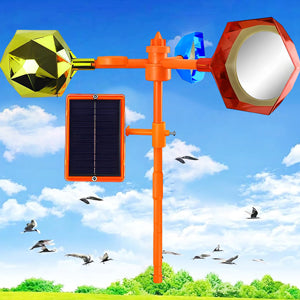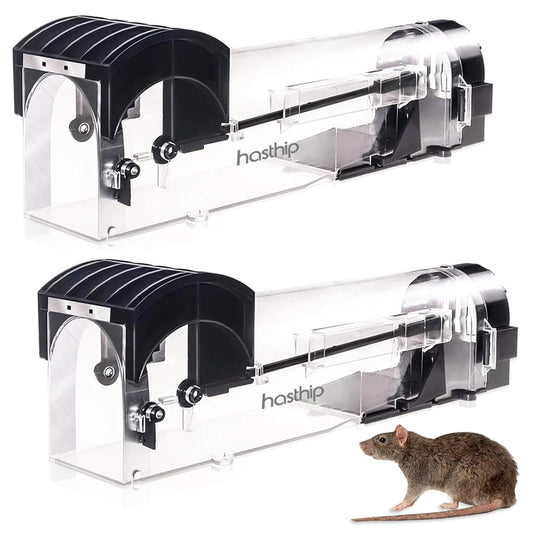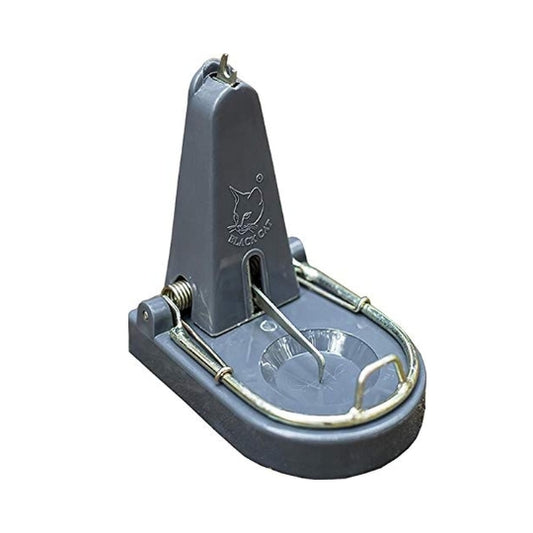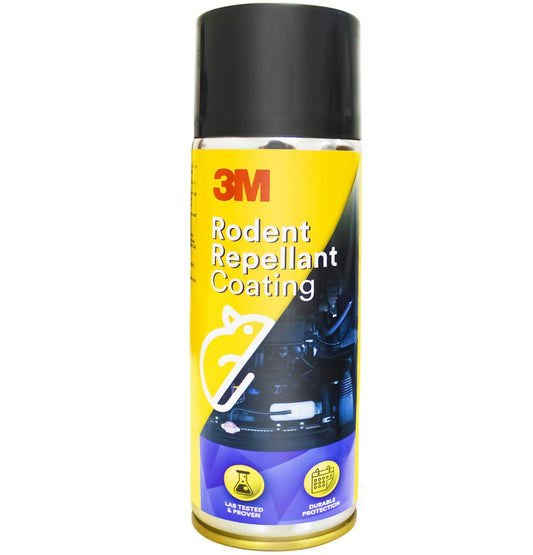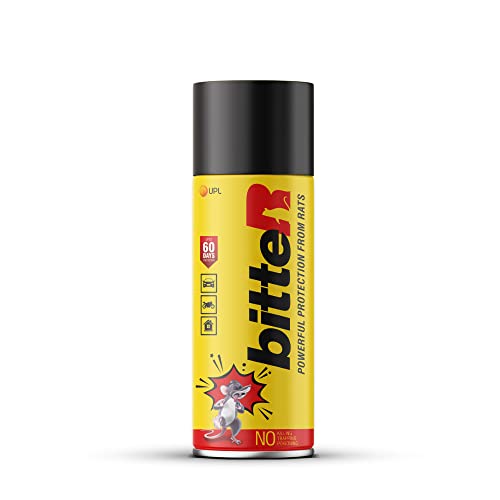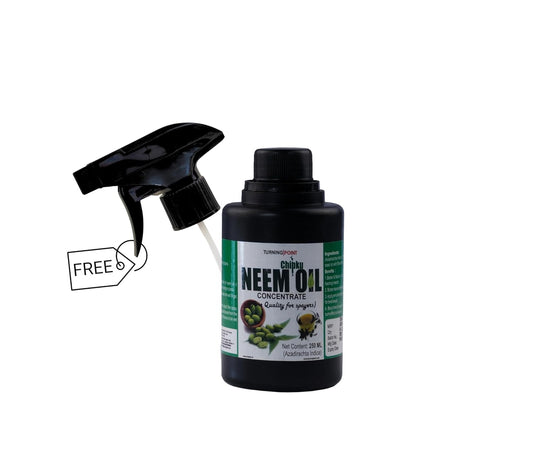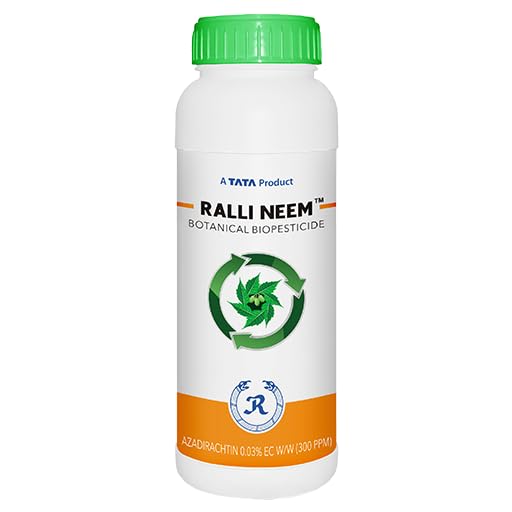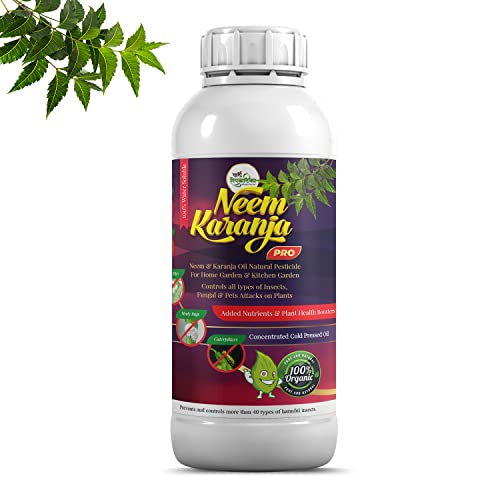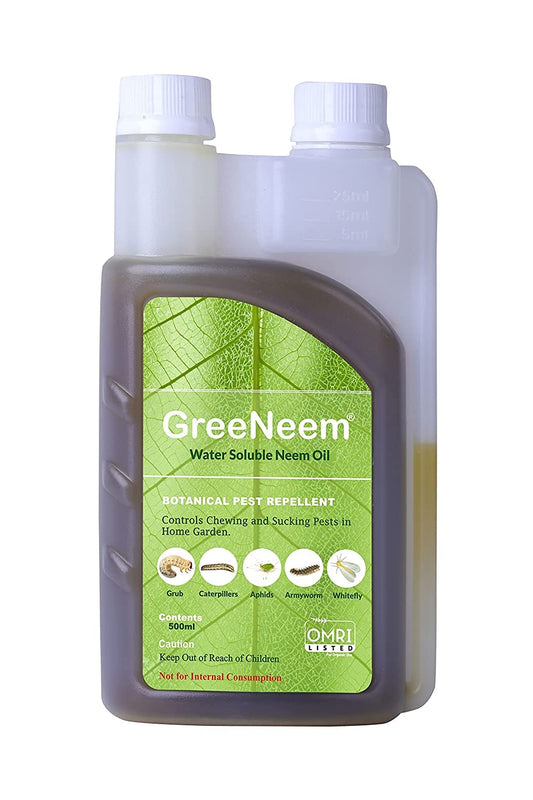
Optimizing Seed Treatment: A Comprehensive Guide for Farmers
Share
Seed treatment is a vital agricultural practice that involves the application of protective coatings to seeds, safeguarding them against pests, diseases, and environmental stressors. This practice plays a pivotal role in modern agriculture, offering a range of benefits, from increasing crop yields to supporting food security and preserving soil health. As farmers strive to make informed decisions about seed treatment, it is essential to consider the precautions necessary for its safe implementation, choose the most suitable treatment method, and understand the importance of both chemical and biological approaches.
Why seed treatment is very important?
Seed treatment is the application of a protective coating to seeds to protect them from pests, diseases, and other stressors. It is a very important practice for farmers, as it can help to:
- Increase crop yields
- Improve seed germination
- Reduce the need for later pesticide applications
- Protect biodiversity and soil health
- Support food security
What care should farmer take while performing seed treatment?
Farmers should take the following precautions when performing seed treatment:
- Always follow the instructions on the seed treatment label carefully.
- Use only certified seed treatment products.
- Treat seeds in a well-ventilated area.
- Wear appropriate personal protective equipment (PPE), such as gloves, goggles, and a respirator.
- Do not treat seeds that are wet or damaged.
- Store treated seeds in a cool, dry place.
How should farmer choose seed treatment method?
The best seed treatment method for a farmer will depend on a number of factors, including the type of crop being grown, the pests and diseases present in the area, and the farmer's budget.
There are two main types of seed treatment methods: chemical and biological.
- Chemical seed treatment: This involves applying a chemical fungicide or insecticide to the seeds. Chemical seed treatment is very effective at protecting seeds from pests and diseases, but it is important to use these products responsibly and to follow the instructions on the label carefully.
- Biological seed treatment: This involves applying a beneficial microorganism to the seeds. Biological seed treatment can help to improve seed germination and protect seedlings from pests and diseases. Biological seed treatment is often more environmentally friendly than chemical seed treatment, but it may not be as effective in some cases.
Which seed treatment is important, chemical or biological?
Both chemical and biological seed treatment can be important for farmers, depending on their specific needs.
Chemical seed treatment is often the best option for farmers who are dealing with serious pest or disease problems. Biological seed treatment is a good option for farmers who are looking for a more environmentally friendly approach or who are growing crops that are susceptible to certain pests or diseases.
What if farmer treats seeds biologically as well as chemically?
Some farmers choose to use both chemical and biological seed treatment. This can be a good way to get the benefits of both types of treatment. However, it is important to be careful not to over-treat seeds, as this can damage them.
Conclusion
Seed treatment is a very important practice for farmers. It can help to increase crop yields, improve seed germination, reduce the need for later pesticide applications, protect biodiversity and soil health, and support food security.
Farmers should choose the best seed treatment method for their specific needs, depending on the type of crop being grown, the pests and diseases present in the area, and their budget.







